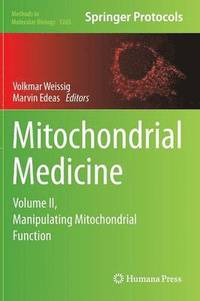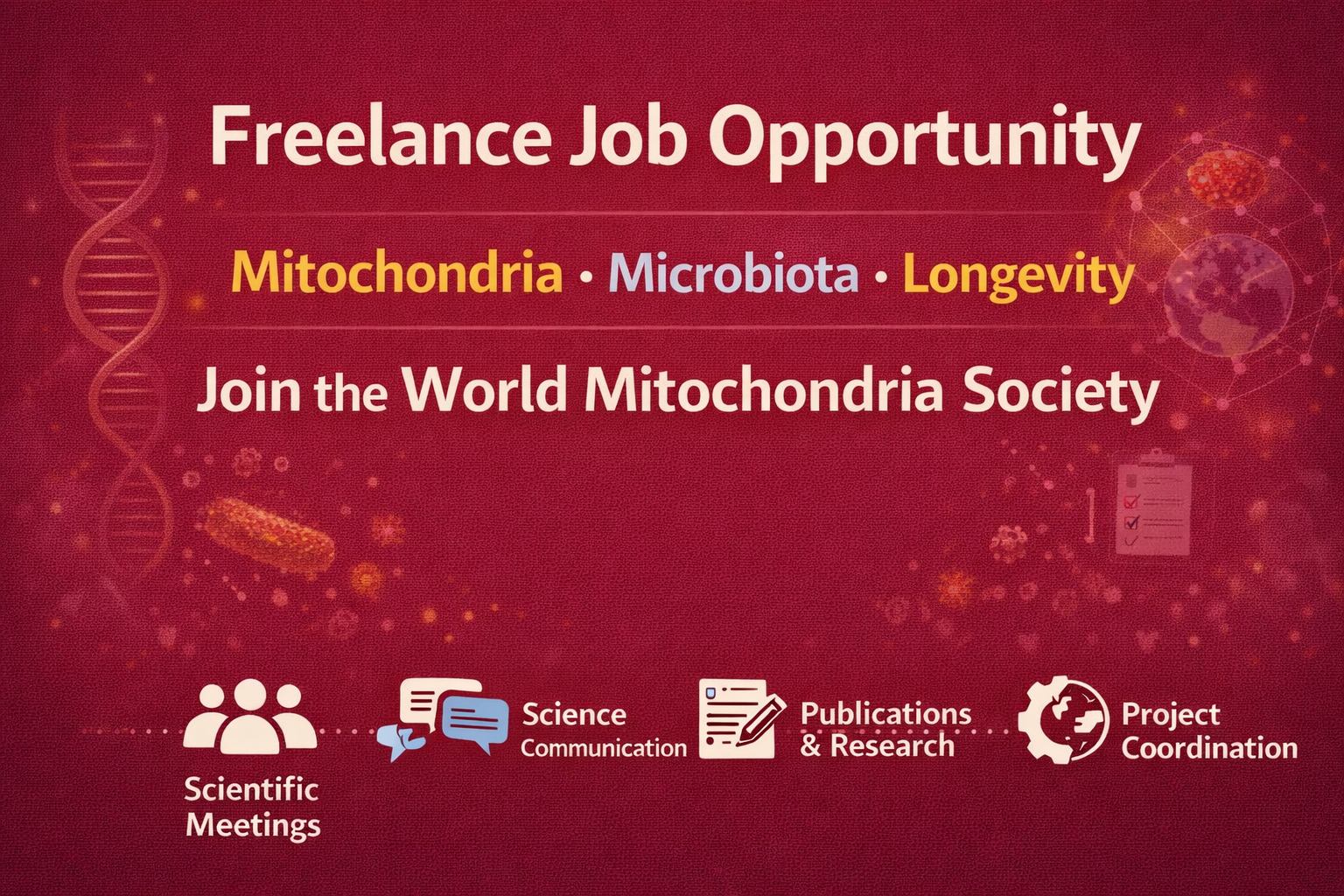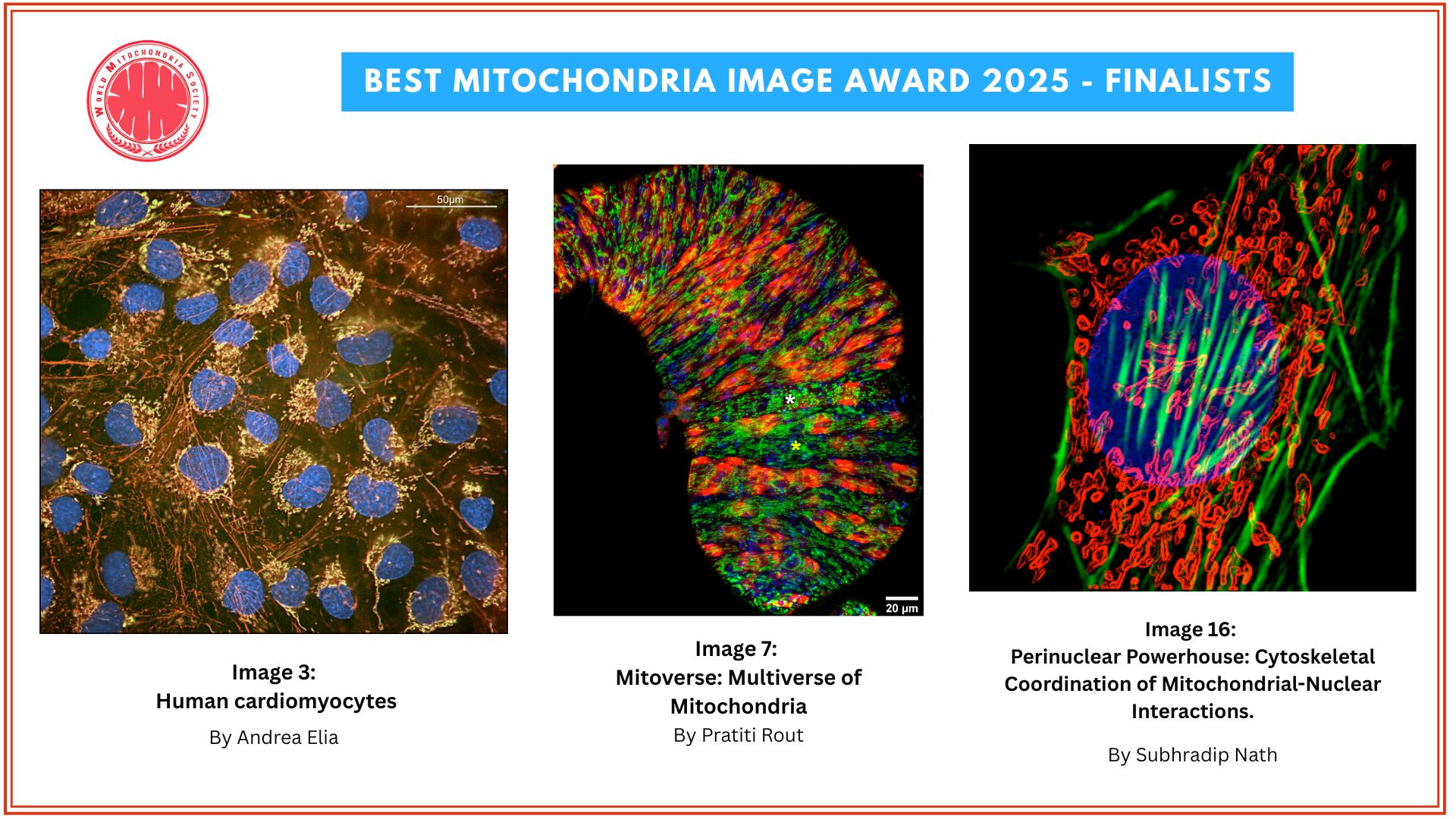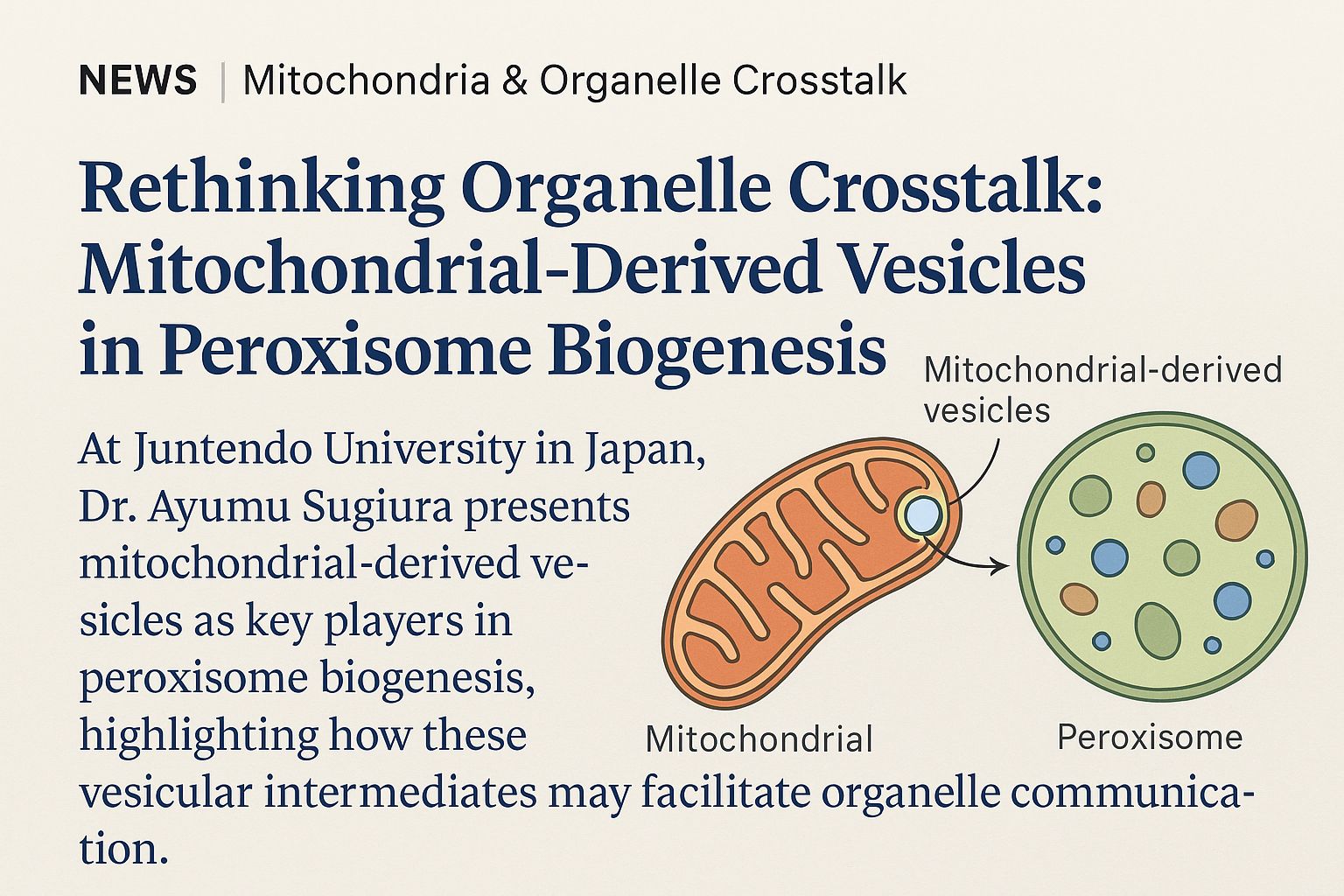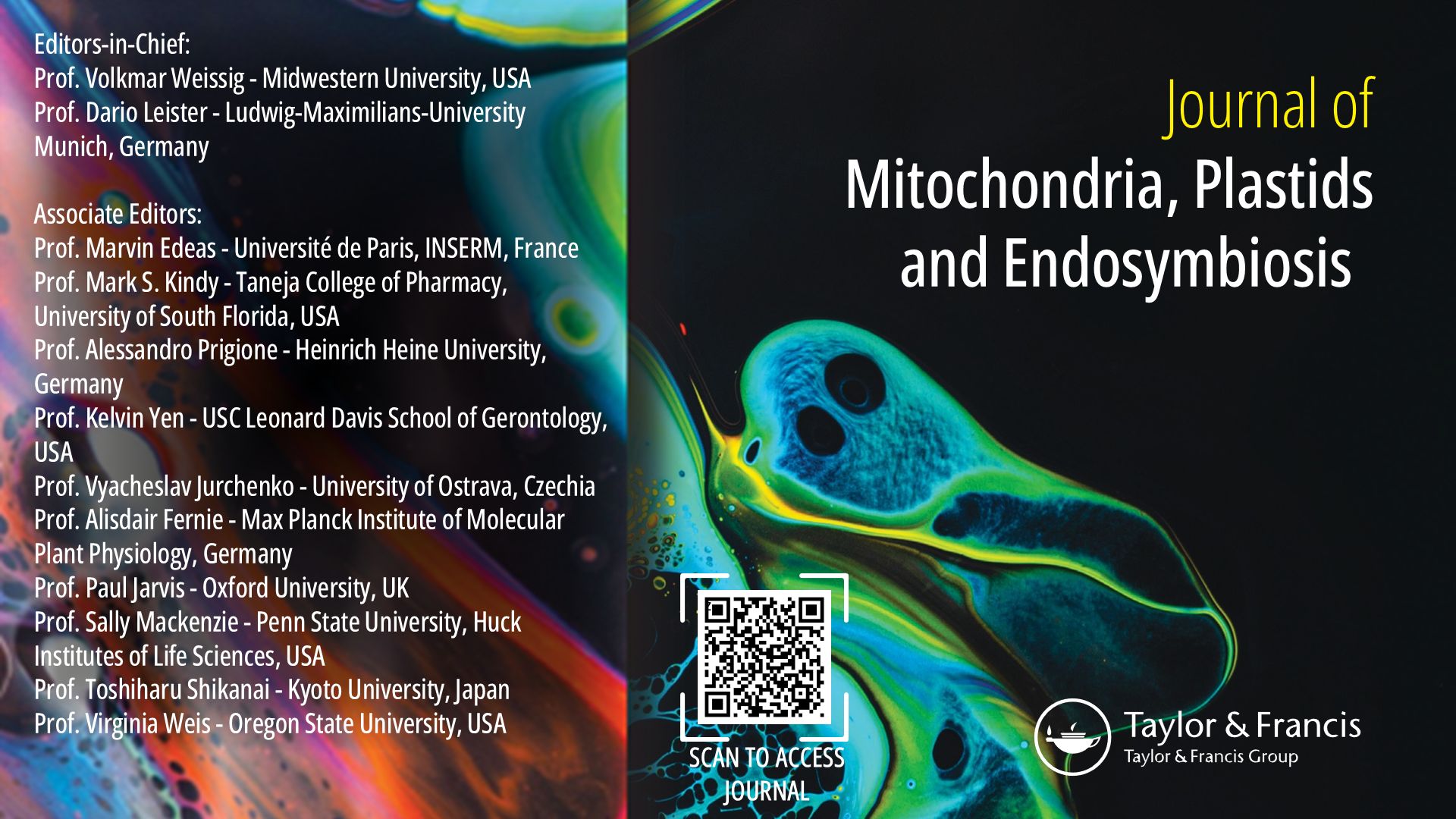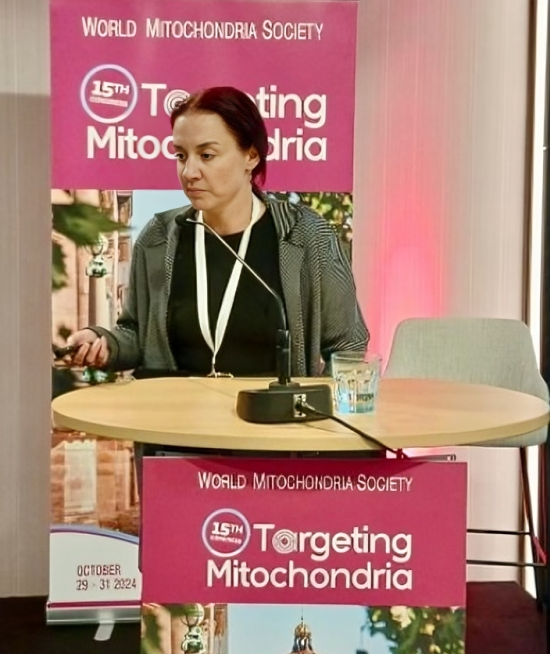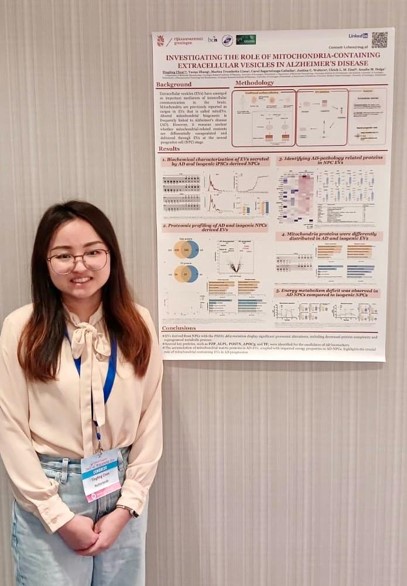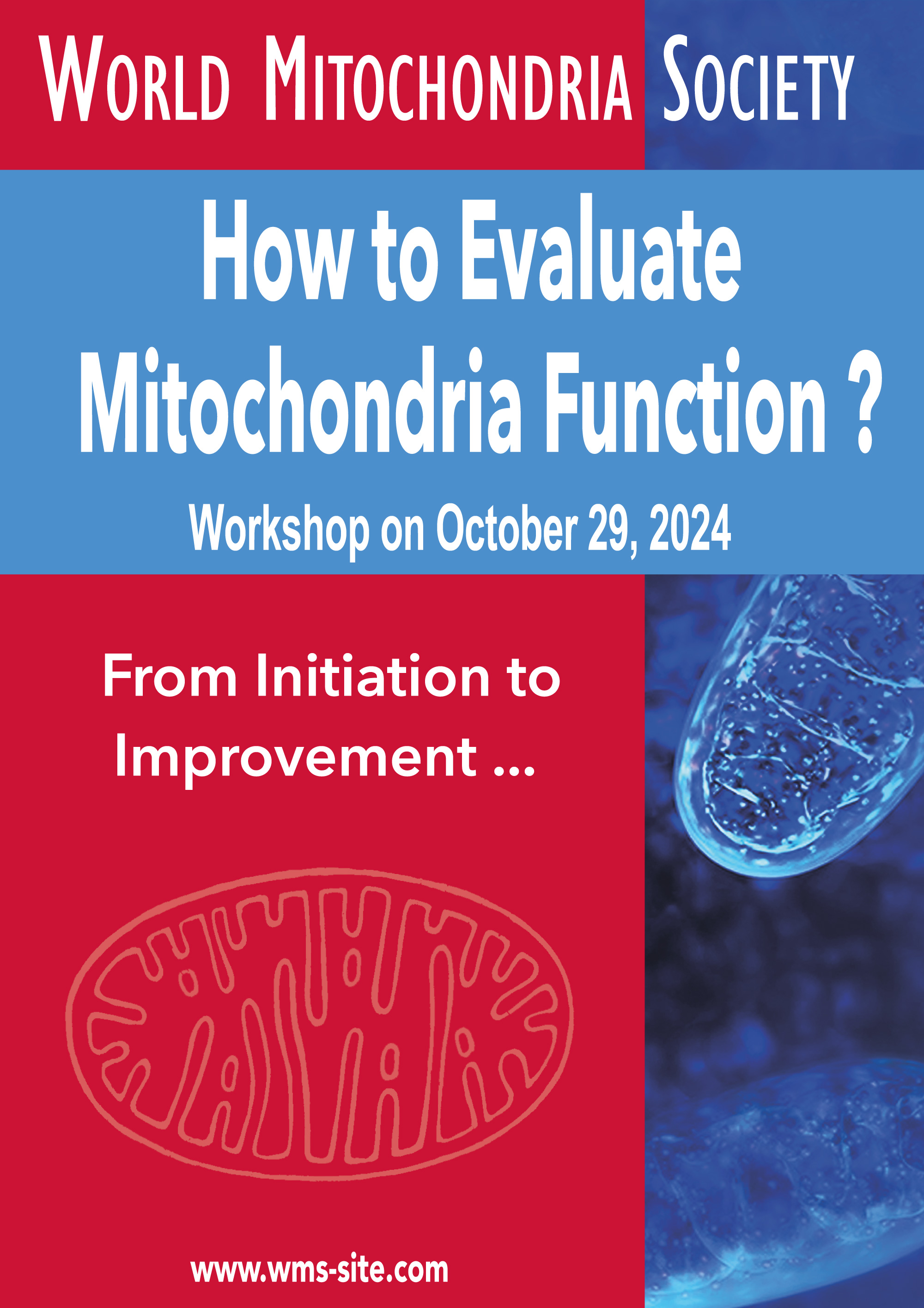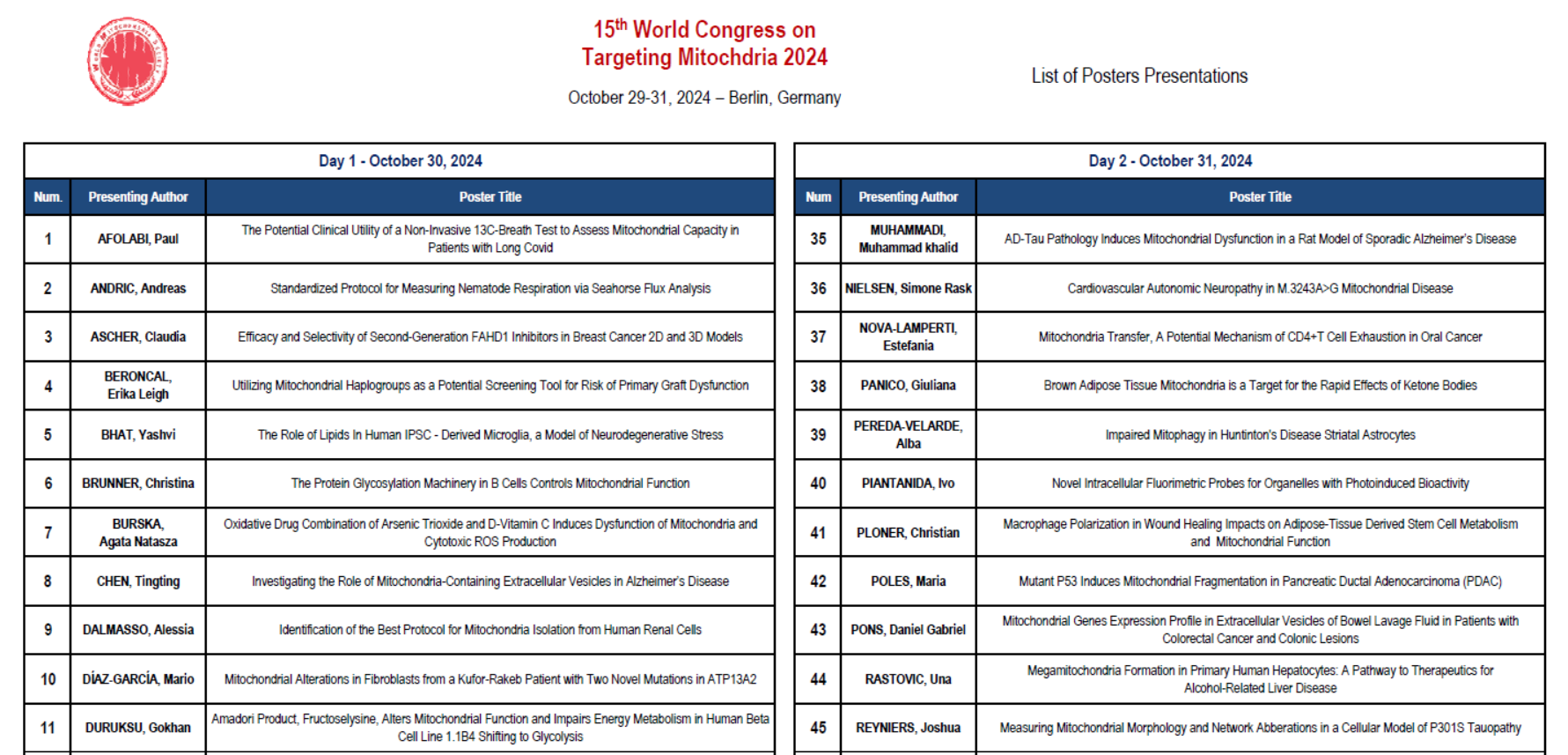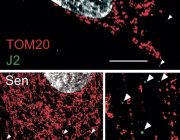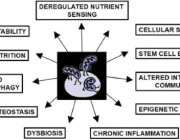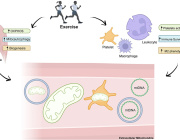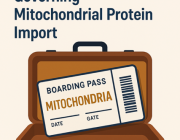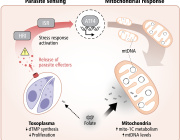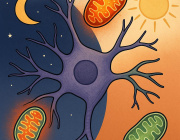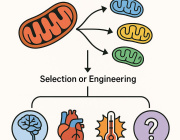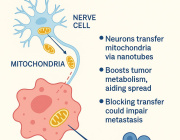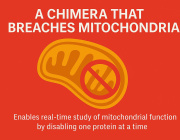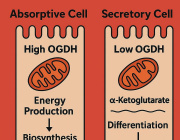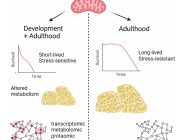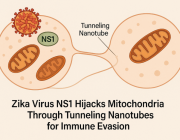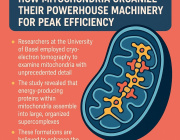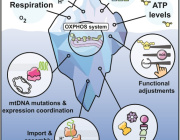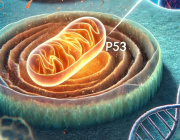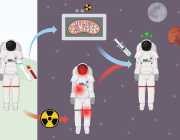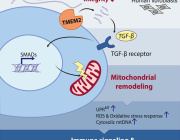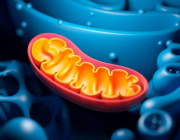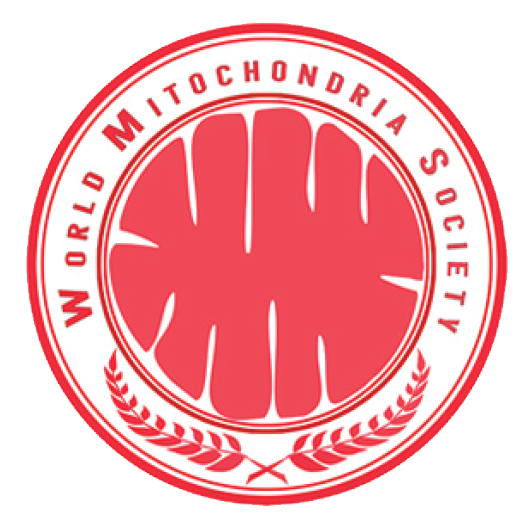Mitochondria: Key Players in Autism Spectrum Disorder?
Recent review from the Hebrew University of Jerusalem highlighted the multifaceted role of mitochondria in Autism Spectrum Disorder (ASD), suggesting that mitochondrial dysfunction may significantly contribute to the development and pathology of this neurodevelopmental disorder. Mitochondria, essential for producing the aerobic energy necessary for brain function, have been found to exhibit abnormalities in individuals with ASD, which could profoundly impact brain development and function.
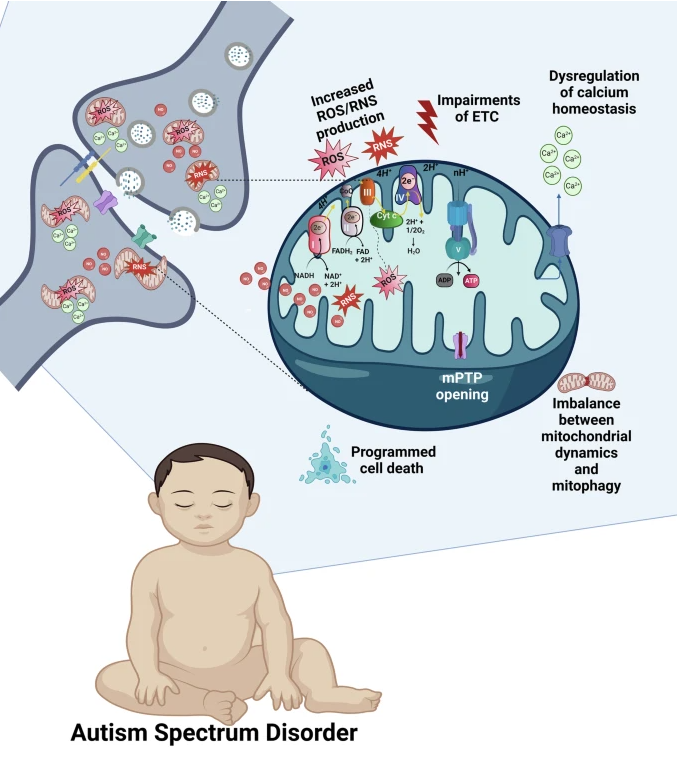
The brain displays high mitochondrial content, particularly in the synapses (shown in the upper left part of the figure). Increased mitochondrial levels of ROS, NO, and RNS, ETC impairments leading to the breakdown of OXPHOS and ATP production, dysregulation of the mitochondrial Ca2+cycling, imbalance between mitochondrial dynamics and mitophagy, prolonged opening of the mPTP, and activation of various mitochondria-related programmed cell death pathways, all contribute to the synaptic dysfunction and ASD. OXPHOS complexes are shown on the upper semisphere of the mitochondrion: I, NADH dehydrogenase; II, succinate dehydrogenase; III, ubiquinone cytochrome c oxidoreductase; IV, cytochrome c, cytochrome oxidase; and V, ATP synthase. Complexes I-IV belong to ETC.
ASD is associated with a variety of mitochondrial abnormalities, including impaired respiratory function, disrupted calcium (Ca2+) cycling, altered production of reactive oxygen and nitrogen species (ROS/RNS), and issues with the opening of the mitochondrial permeability transition pore (mPTP). These dysfunctions can lead to the activation of various mechanisms of programmed cell death, an imbalance in mitochondrial fusion, fission, and autophagy processes, and disturbances in synaptogenesis and synaptic transmission,all of which affect brain development and may result in behavioral deficits.
The importance of mitochondria in ASD cannot be overstated. These organelles are crucial for numerous cellular functions and can be affected by different pathogenic factors, which may explain the similarity in behavioral phenotypes seen in ASD cases of varying origins. Synapses, along with mitochondria, are considered key players in the molecular mechanisms related to ASD. The convergence of various neurodevelopmental pathological processes on synapses may partly explain the behavioral similarities observed in individuals across the autism spectrum.
Interestingly, as the recent review discusses, synaptic abnormalities are closely tied to mitochondrial dysfunction in ASD, suggesting that mitochondria-associated synaptic disturbances could present robust therapeutic targets that have yet to be explored. Although there are still many unknowns in the mitochondria-related mechanisms of autism, understanding these “blank spots” could pave the way for novel and effective treatments for ASD. This is particularly significant given the increasing prevalence of ASD and the current lack of effective pharmacological treatments.
Figure credits: Khaliulin, I., Hamoudi, W. & Amal, H. Mol Psychiatry (2024).





